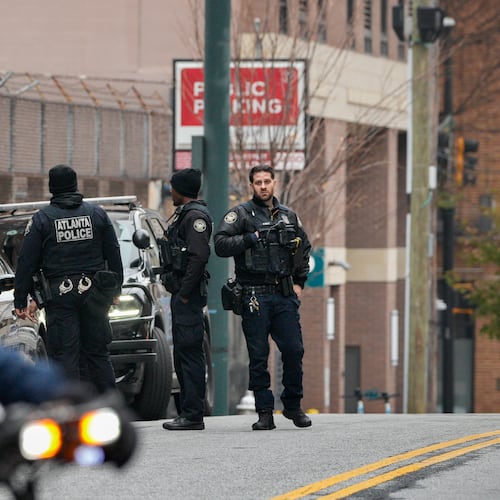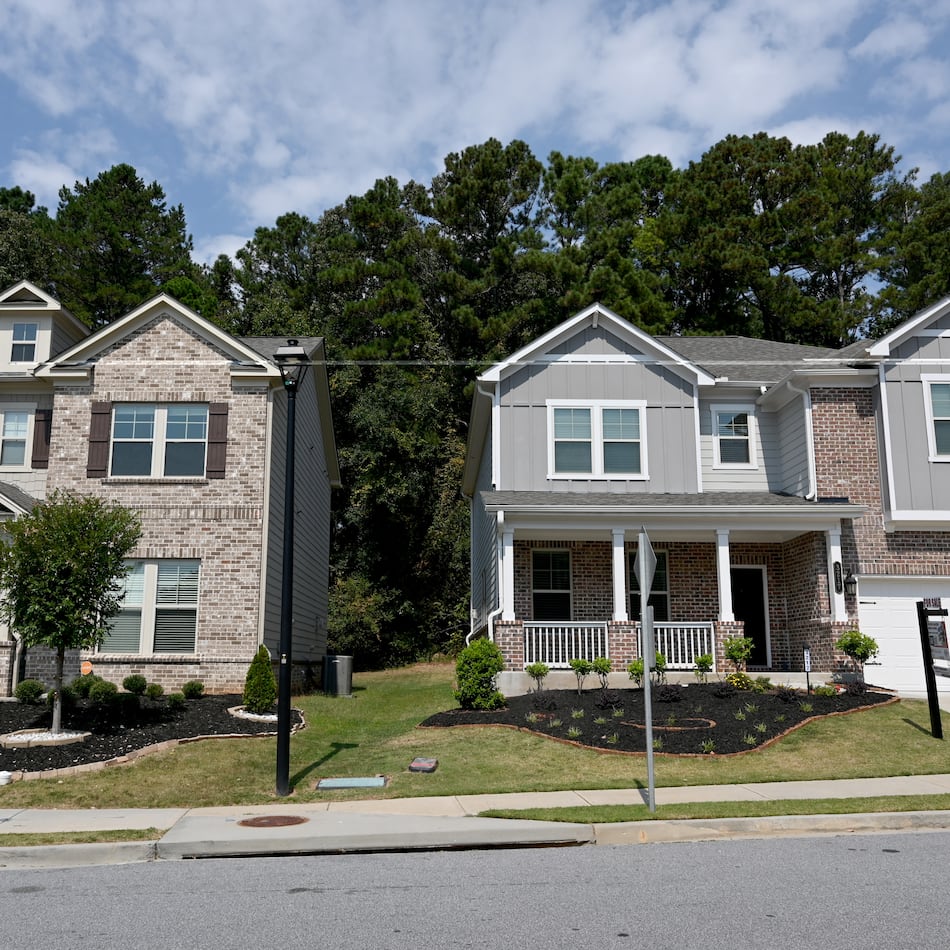Running Atlanta’s new streetcar system will cost 50 percent more than the city estimated a year ago – from a projected $3.2 million to $4.8 million, according to data provided by Atlanta officials.
In addition, ridership on the sleek blue cars is 18 percent lower than projected. And that’s during an introductory period when it’s free to ride the Atlanta Streetcar.
Michael Geisler, the city’s chief operating officer, said an extra layer of oversight by MARTA is responsible for part of the additional cost, while creation of a new office to seek federal transit money accounts for much of the rest. Paying MARTA for its services will cost about $575,000 the first year, with an additional $50,000 next year. But the expense disappears after that, according to a draft operating budget of the streetcar.
The Atlanta Streetcar system, which cost about $98 million to build, travels from Centennial Olympic Park on the western side of downtown to the Martin Luther King Jr. National Historic Site on the eastern side. It began passenger runs Dec. 30.
The city decided it would run the system because it could do so more economically than either MARTA or a private contractor. But the federal government, which is paying a large part of the expense, insisted that MARTA have some role in the project, at least at first.
“So (part of) the additional cost is basically related to MARTA staffing,” Geisler said.
The city also will spend more than $1 million a year on the new office dedicated to amassing federal transit funding. Geisler said that cost will not go down.
City Hall had estimated earlier that it would cost slightly less than $3.2 million a year to operate the system. Now the city says it will cost $4.8 million — a 52 percent increase.
Six weeks into the Atlanta Streetcar’s first three months – that special period when it’s free to ride –102,000 people rode on the cars. The city’s target for the period was 124,800.
But Geisler is upbeat.
“We’re quite satisfied with the way ridership has progressed,” he said, “and we think that people are going to get in the habit of riding the streetcar and using for any number of different activities.”
Fares from the streetcar – it will cost $1 to ride – will only cover about 20 percent to 25 percent of the expense of operating the system. The rest is coming from a federal grant and contributions from city tax money and the downtown business community.
About the Author
The Latest
Featured

